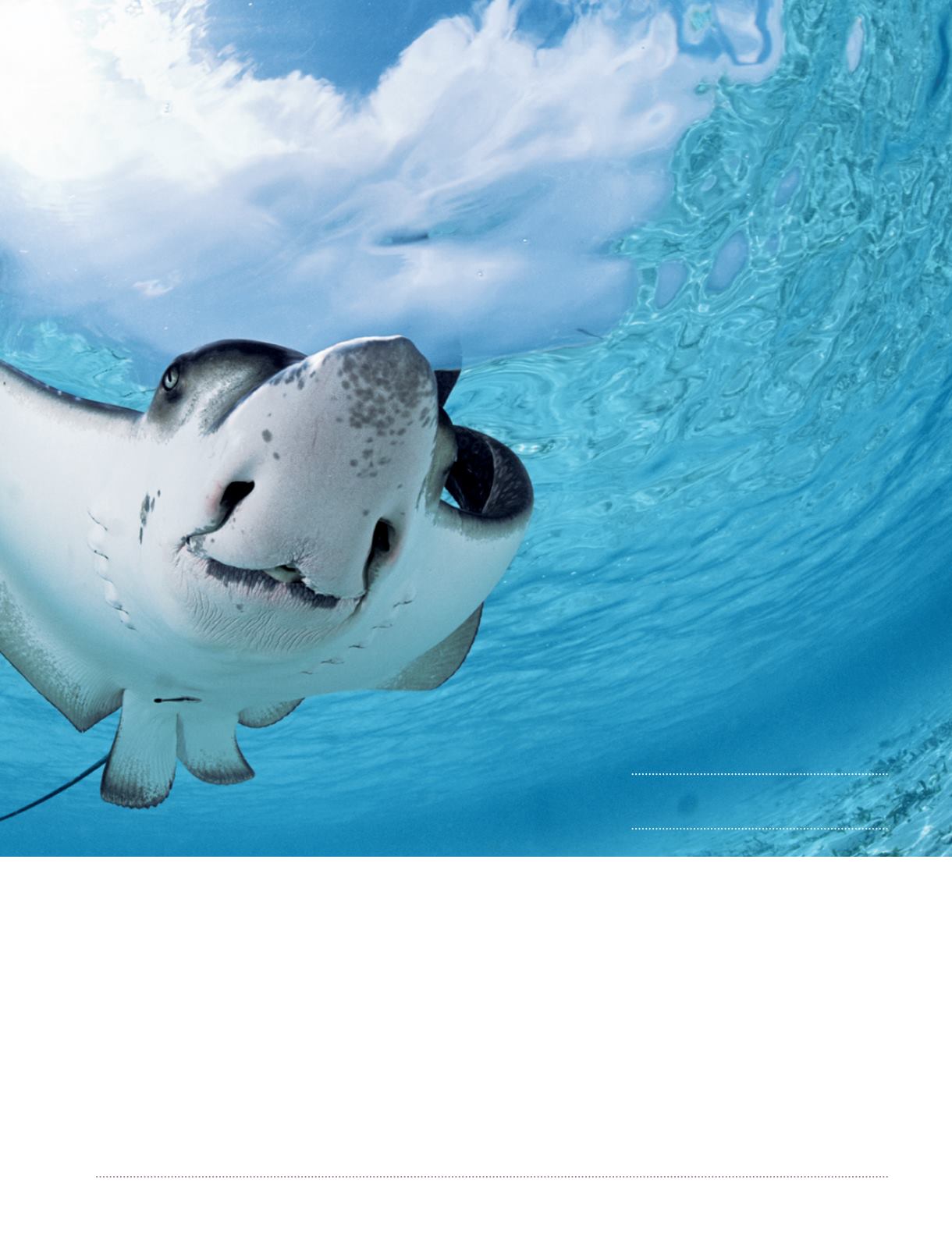
|
95
marine environments, working for both
Dade County Parks and the Marine
Resources Development Foundation in
Key Largo, Fla.
I joined the American Society of
Media Photographers around that time,
and I got some work and experience
assisting other pro photographers. My
expenses were few and my desire strong,
so I was able to tough it out through
the periods of little income. I got some
assignments from Skin Diver and Scuba
Times magazines as well, but I think it
was at least five years before I could say I
was making a living in this game.
SF
// As you so eloquently noted,
there are a variety of niches
within the genre of underwater
photography. I think of you as a
“behavioral” guy. Is that fair?
dp
//
Fair enough. My goal is to tell the
life stories of ocean creatures, and the
technology of underwater photography
is a tool I use in pursuit of that goal. In
those early years when I was trying to
refine my personal vision I was a big fan of
Rick Frehsee’s work in Skin Diver and the
original Sport Diver magazine. I tried to
emulate his work, but I felt like a fashion
shooter, always seeking a good-looking
model in a color-coordinated dive outfit. I
was also shooting macro, but at that time
that amounted to using a Nikonos camera
and extension tubes, so I was capturing
the same nonmoving subjects at 1:2 or
1:3 magnification that everyone else was.
Even though underwater photography
was more of a novelty then than it is now,
my photography was not unique. When
I was a kid I wanted to be an astronaut
and go meet alien creatures. And there,
beneath the sea, were creatures far
more bizarre than any sci-fi writer could
conjure. I felt compelled to present those
A spotted eagle ray glides over the photographer
on a shallow sand bar in Belize; clouds and
blue sky are visible through Snell’s window.


